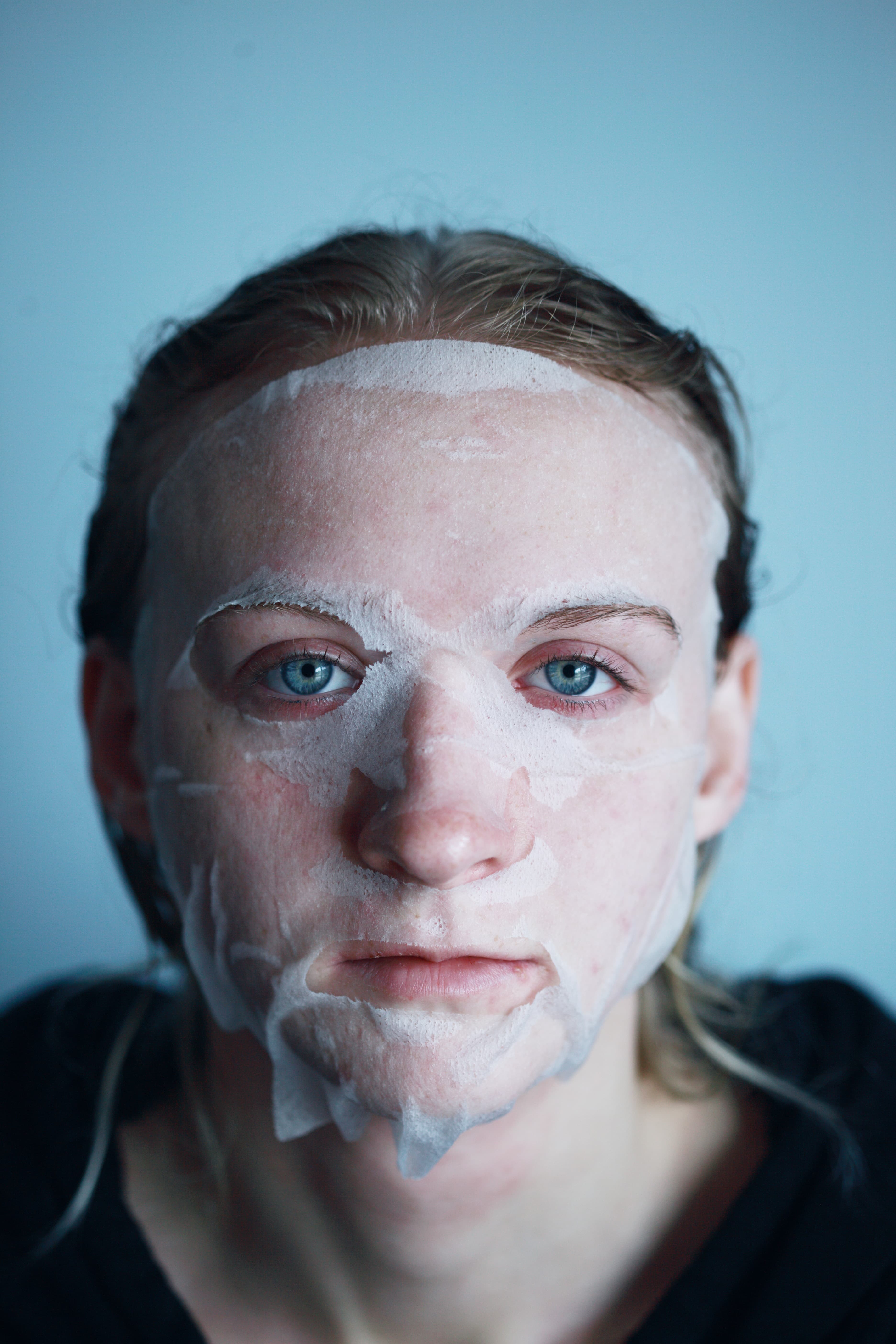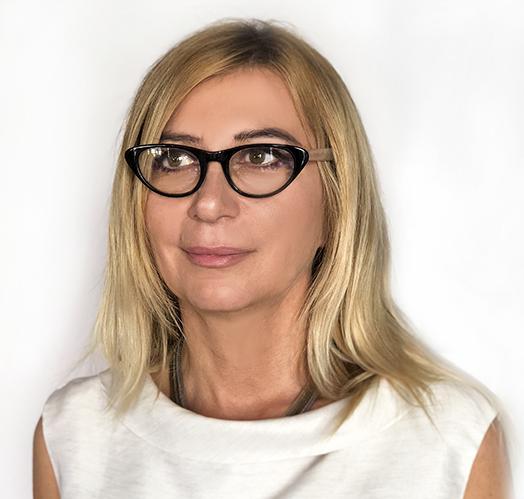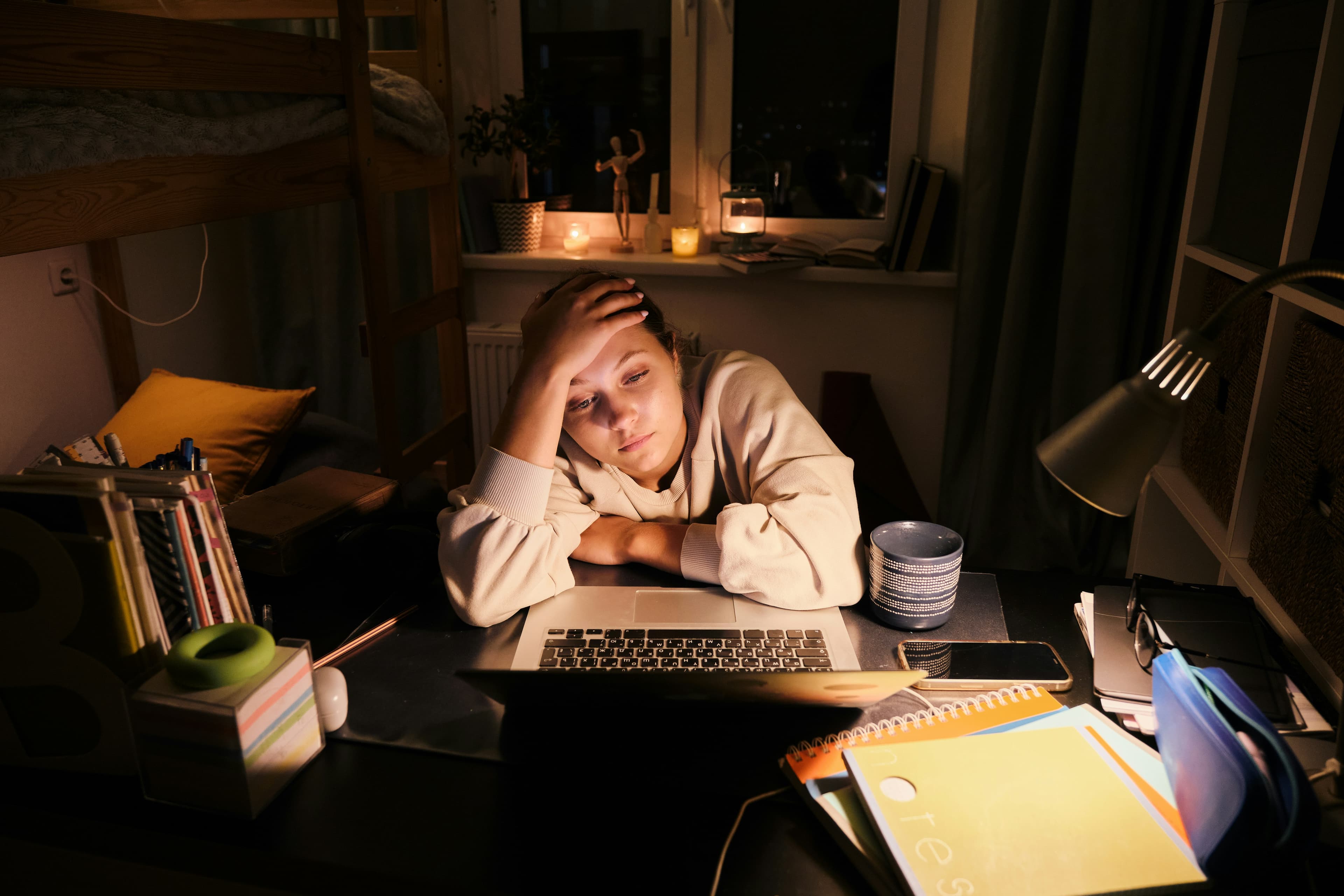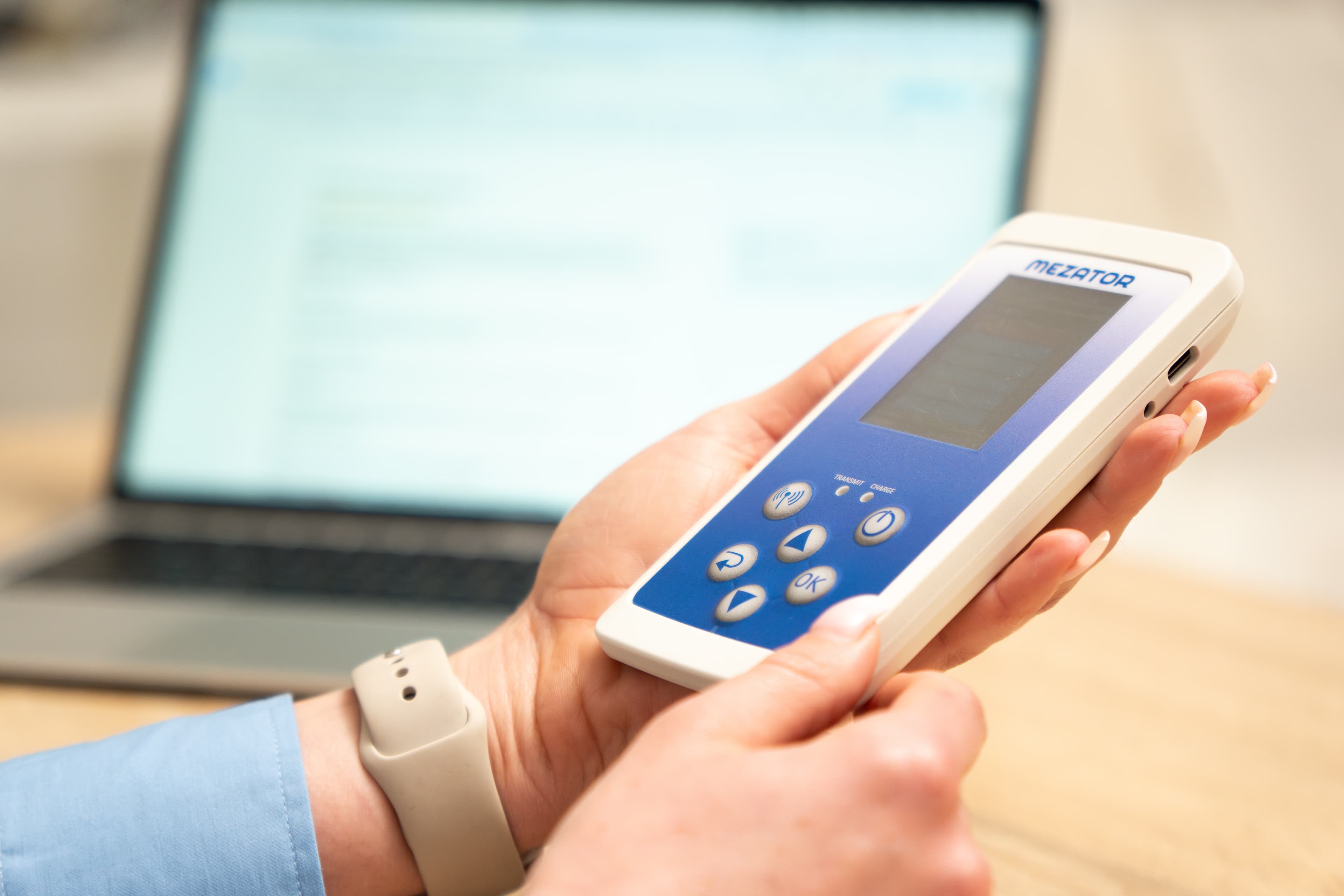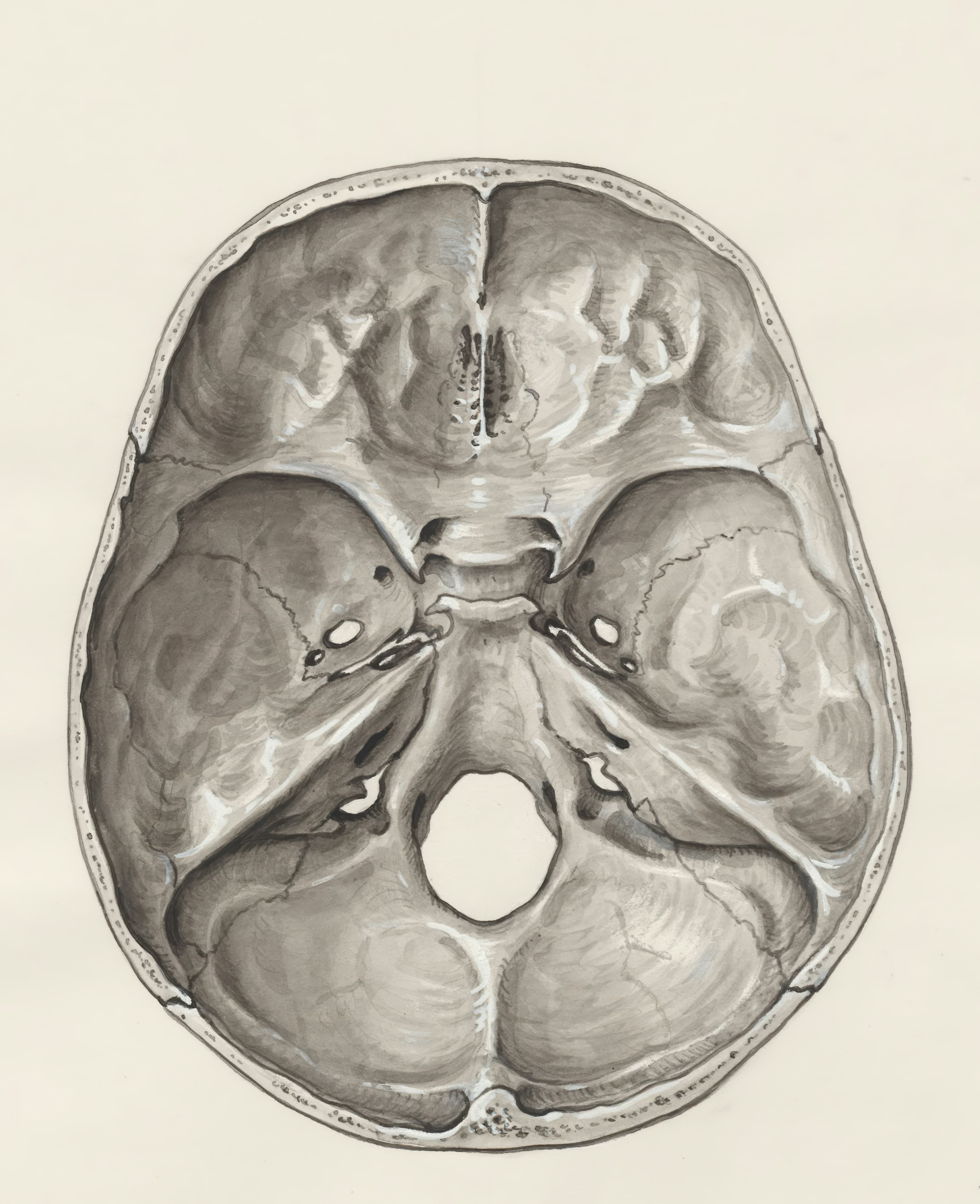Have you been struggling with persistent acne that doesn't seem to respond to traditional treatments? It's possible that what you're experiencing is not actually acne but a condition known as fungal acne. Understanding the nature of fungal acne is the first step towards effective treatment and clearer skin.
Understanding Fungal Acne
What Makes Fungal Acne Different?
Fungal acne, also referred to as pityrosporum folliculitis, is caused by an overgrowth of yeast on the skin. Unlike traditional acne, which is primarily caused by bacteria, fungal acne occurs when a specific type of yeast called Malassezia grows out of control. The overgrowth of this yeast leads to inflammation and the formation of tiny, itchy bumps on the skin.
Fungal Acne vs. Closed Comedones
At first glance, fungal acne may resemble closed comedones, commonly known as whiteheads. However, there are key differences in their appearance and causes that can help distinguish between the two.
Key Differences in Appearance and Causes
Fungal acne typically presents as small, uniform bumps that are often itchy and can be found on the face, chest, or back. These bumps may have a reddish hue and rarely contain pus. On the other hand, closed comedones are non-inflammatory skin-colored bumps that result from clogged hair follicles.
The causes of fungal acne are linked to an overgrowth of yeast, whereas closed comedones are often caused by excess sebum production, dead skin cells, and bacteria.
Treatment Options for Fungal Acne
Successfully treating fungal acne involves addressing the underlying yeast overgrowth while managing the symptoms on the skin's surface.
Medical Approaches to Treating Fungal Acne
Antifungal medications, such as topical creams or oral antifungal agents, are commonly prescribed by dermatologists to target the overgrowth of the Malassezia yeast. These medications help to eliminate the yeast and reduce inflammation, ultimately leading to the resolution of fungal acne.
How to Get Rid of Fungal Acne Effectively
In addition to medical treatments, certain skincare practices can help effectively manage and eliminate fungal acne. Cleansing with antifungal ingredients, such as pyrithione zinc or ketoconazole, can inhibit yeast growth. Using non-comedogenic products, practicing good hygiene, and avoiding excessive moisture on the skin can also prevent further yeast overgrowth.
Home Remedies for Fungal Acne
If you prefer natural remedies, there are home treatments that can help alleviate fungal acne symptoms.
Safe and Effective At-Home Treatments
Tea tree oil, known for its antifungal properties, can be diluted and applied to affected areas to reduce yeast overgrowth. Apple cider vinegar, with its antibacterial and antifungal properties, can be used as a toner to restore the skin's pH. Additionally, regularly washing pillowcases, towels, and makeup brushes can minimize the risk of reinfection.
Preventative Measures for Fungal Acne Recurrence
To prevent the recurrence of fungal acne, it is important to maintain good skincare habits and understand the factors that contribute to yeast overgrowth. Avoiding tight clothing, excessive sweating, and prolonged use of occlusive products can help create an environment less favorable for yeast to thrive.
In conclusion, by understanding the nature of fungal acne, distinguishing it from traditional acne, and exploring treatment options, you can effectively address this condition and achieve clearer, healthier skin.
